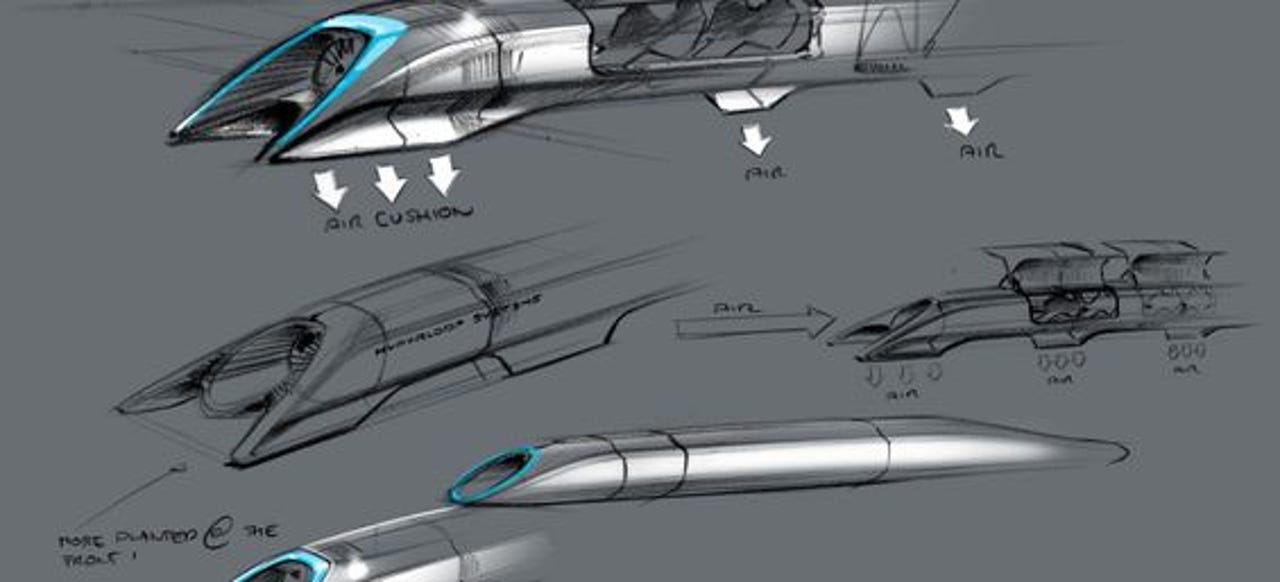Elon Musk challenges California high-speed rail plans with 'Hyperloop'


Elon Musk, co-founder of PayPal and the innovator behind spacecraft designers SpaceX, has introduced a proposal that -- if it ever comes to fruition -- could change the face of transporation forever.
Admitting the inspiration came from disappointment in California's high-speed rail project, Musk lamented further in a blog post on Monday that "there is not even a short distance demonstration system operating in test pilot mode anywhere in the world, let alone something that is robust enough for public transit."
Enter "Hyperloop," a supersonic model of travel put on the table today, designed for traveling distances 1,000 miles or less in essentially aluminum pods traveling through a vacuum-like tunnel.
The nuts and bolts of the advanced, if not science fiction-like, technology has yet to be worked out.
But for the everyday person, the point is to cut travel time between San Francisco and Los Angeles to approximately 30 minutes. Tickets are projected to cost $20 one-way.
Compare that to the high-speed rail project already underway (to some extent) in California right now.
Under that plan, the transit time between San Francisco and Los Angeles is expected to clock in at just under three hours, running at a rate of 200 miles per hour. Ticket prices are still up in the air, although previous estimates have ranged between roughly $50 to $100 per person each way.
For the moment, travelers in the state of California have basically three options: car, bus or train.
Depending how fast you drive, what car you have and what freeway you choose plus traffic, an average drive could take anywhere between six to 10 hours.
Tack on a few more hours to both ends of that range when taking either a bus (i.e. Greyhound or Megabus) or even Amtrak between Jack London Square in Oakland and Union Station in Los Angeles.
As for air travel, the flight time is just about an hour from wheels up to wheels down. But then you also have to factor in all the time it takes just to get to the airport in either city, followed by time spent lines while checking in and then going through security.
At that point, the high-speed rail bids -- either the existing one or Musk's -- become even more enticing.
Musk goes into why a "new mode of transport" truly needs to revolutionize the industry while still being practical to implement:
However, for a sub several hundred mile journey, having a supersonic plane is rather pointless, as you would spend almost all your time slowly ascending and descending and very little time at cruise speed. In order to go fast, you need to be at high altitude where the air density drops exponentially, as air at sea level becomes as thick as molasses (not literally, but you get the picture) as you approach sonic velocity.
Beyond the technology, the most disruptive part of the proposal is probably the price tag. California's high-speed rail project is currently expected to cost close to $70 billion overall.
Musk is promising a plan that he declared would only cost between $6 billion and $10 billion to build. Discuss.
To look over the entire Hyperloop proposal, scroll through the document below:
Elon Musk challenges California high-speed rail plans with 'Hyperloop'
Image via SpaceX